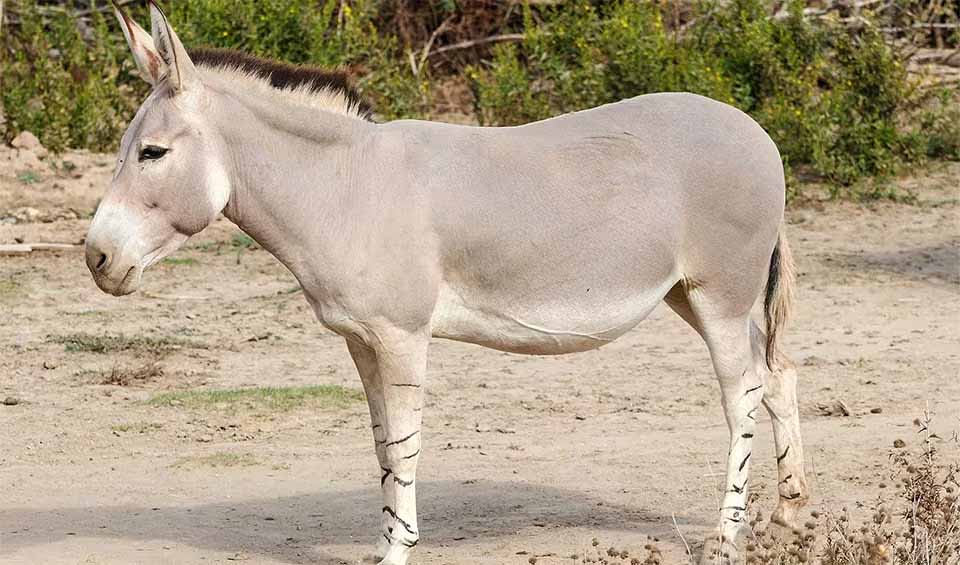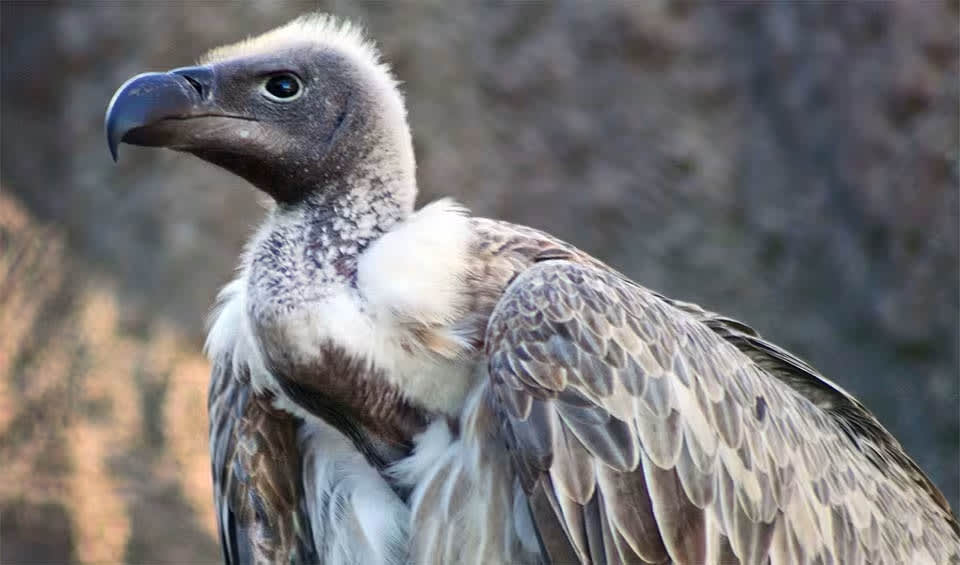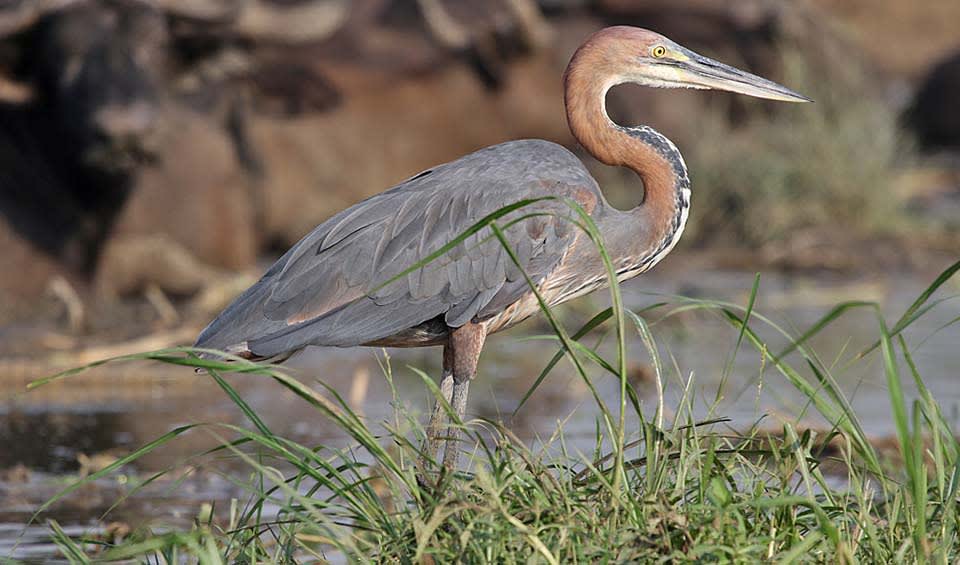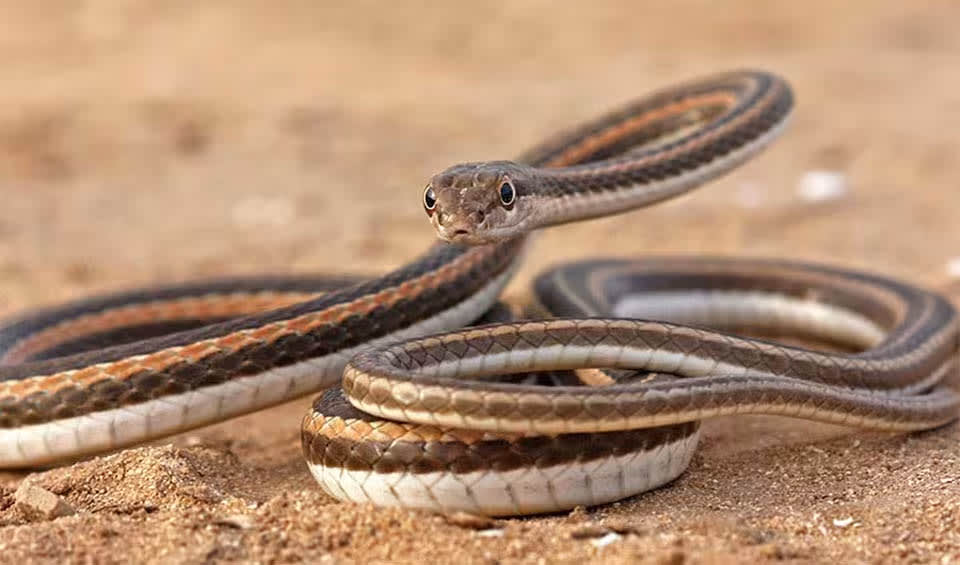Eritrea is a country in the Horn of Africa, bordered by Sudan to the west, Ethiopia to the south, Djibouti to the southeast, and the Red Sea to the northeast. Its strategic location along the Red Sea coast has shaped its history and economy significantly, making it a hub for maritime trade routes. Its landscape is incredibly varied, ranging from the arid desert plains in the western lowlands to the fertile highlands in the central region. The eastern part of the country features a long coastline along the Red Sea, which is renowned for its spectacular coral reefs and diverse marine life. The Dahlak Archipelago, a group of over 100 islands, is also part of Eritrea and is known for its pristine beaches and the historical and archaeological riches it houses.
Eritrea’s varied ecosystems support a wide range of biodiversity. In the highlands, you will find species that are well-adapted to cooler temperatures, including various indigenous plants and animals. The western lowlands and coastal areas, being more arid, support species that can tolerate dry conditions. Eritrea’s marine biodiversity is particularly notable, with the Red Sea being one of the most biologically diverse sea areas on earth, home to hundreds of fish species, corals, and other marine life.
Four pillars elaborated:
Although Eritrea lacks officially designated protected areas, certain regions are earmarked for conservation through governmental directives, encompassing 5,936 km² (2,292 mi²) of land; however, there are currently no marine protected zones. These designated areas in Eritrea comprise national parks, marine reserves, habitat and species management zones, and sustainable resource utilization zones, among others. Financial backing is allocated annually to individual protected areas in Eritrea to facilitate the implementation of management strategies and the preservation of key species. Land Management
Land Management
Eritrea’s ecosystems face various threats including land degradation, deforestation, erratic rainfall patterns, and land use changes, as reported in its 6th National Report to the Convention on Biological Diversity. In the Marine and Coastal areas, human activities like fishing, moderate pollution, and coastal developments pose risks to rare, endangered, and threatened species, with coral reefs particularly vulnerable to periodic high temperatures causing bleaching. Threats to Biodiversity
Threats to Biodiversity
Terrestrial environments encounter deforestation, overgrazing, invasive species, and habitat transformation, mainly due to agricultural expansion, woodlands clearing, and urban growth. Agricultural biodiversity is pressured by climate change, altering rainfall patterns, and the adoption of new crop varieties, potentially leading to the extinction of local landraces. Additionally, local livestock breeds face threats from drought and insufficient management practices in certain regions.
Eritrea has embedded environmental concerns into various sectoral and national policies, with legal frameworks governing agriculture, forestry, marine affairs, transportation, mining, tourism, water management, and education. Recent policies include drafts like the Forest and Wildlife Policy (2005) and the National Tourism Development Plan (2000-2020). Conservation funding primarily comes from the government treasury, with support from international organizations and smaller NGOs. Capacity and Governance
Capacity and Governance
Biodiversity considerations are mainstreamed into various sectors, recognized in key policy documents like the Interim Poverty Reduction Strategy Paper (2004). The Ministry of Agriculture is committed to integrating biodiversity conservation into agricultural policies, while regulatory measures ensure environmental protection in port management and energy and mining operations. Additionally, the Tourism Development Policy addresses potential environmental impacts of tourism activities, and environmental education is integrated into school curricula.
The Revised National Biodiversity Strategy and Action Plan (NBSAP) for Eritrea outlines objectives across three key ecosystems. Firstly, in terrestrial biodiversity, the aim is to rehabilitate degraded terrestrial ecosystems through natural succession, protected area establishment and management, and sustainable utilization of terrestrial biodiversity resources. Secondly, for coastal, marine, and island biodiversity, the objective is to conserve these ecosystems and manage human activities to promote sustainable development and optimal resource use. Finally, in agro-biodiversity, the focus is on conserving and sustainably using agrobiodiversity resources for food security, income generation, and agriculture, while ensuring equitable distribution of benefits derived from national agro-biodiversity resources. Future Trends
Future Trends
Biodiversity
Eritrea supports a wide array of flora and fauna adapted to its diverse environments, from arid deserts to fertile highlands and extensive coastal areas. The coastal region along the Red Sea is particularly noteworthy for its marine biodiversity. The Dahlak Archipelago, consisting of over 200 islands, is a hotspot for marine life. The clear, warm waters are home to vibrant coral reefs, which support a multitude of fish species, sea turtles, and marine invertebrates. These reefs are vital for the health of the marine ecosystem and provide a habitat for species such as the dugong and various types of dolphins. The mangroves along the coast also play a crucial role in supporting marine and bird life, offering breeding grounds and shelter.The western lowlands and the eastern escarpments of Eritrea present yet another set of ecosystems. These areas, with their savanna and semi-desert environments, support species like the African elephant, greater kudu, and the critically endangered African wild dog. The seasonal rivers and waterholes in these regions are crucial for the survival of many species during the dry periods.
In the table below are the number of known species in several main groups, how many of these species are Threatened with extinction, and how many of them are Endemic (unique to Eritrea only):
| Species (World rank) |
Threatened | % Threatened | Endemic | % Endemic | |
|---|---|---|---|---|---|
| Mammals | 126 (#92) | 15 | 11.9% | ||
| Birds | 544 (#64) | 22 | 4.0% | ||
| Reptiles | 96 (#92) | 7 | 7.3% | 2 | 2.1% |
| Amphibians | 17 (#112) | 1 | 5.9% | ||
| Fishes | 366 (#140) | 30 | 8.2% | 2 | 0.5% |
| Plants | 1,576 (#160) | 6 | 0.4% | 107 | 6.8% |
mammals
Black rhinoceros
With 3 out of 8 subspecies have been declared extinct, illegal poaching puts these hooked upper lip rhinos in danger
African wild ass
Able to survive water lose up to 30% of the body weight, and capable of restoring it within 2-5 minutes when drinking water
Aardwolf
Unlike other hyenas, they do not hunt or scavenge but mainly consume termites
birds
White-backed vulture
Their highly acidic stomachs and powerful enzymes help break down and neutralize harmful bacteria and toxins present in the carcasses they feed on
Lesser flamingo
This bird holds a Guinness book of world records to its name
Goliath heron
This large heron is a firm believer in the adage: “Patience is the key to success”
reptiles
African spurred tortoise
This giant is the largest African and third of all the tortoises on earth
Painted saw-scaled viper
A venomous and aggressive snake with the highest mortality rates in the areas of its occurrence
Schokari sand racer
With lightning-fast speed and a keen sense of smell, this predator easily captures prey in the desert
National Animals
Arabian camel
No more true wild animals: all are domesticated or escaped from stock














